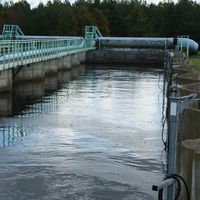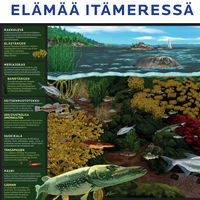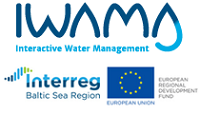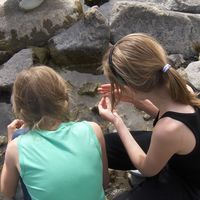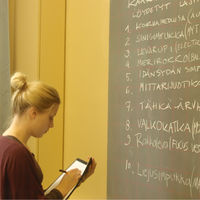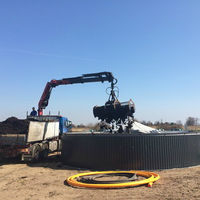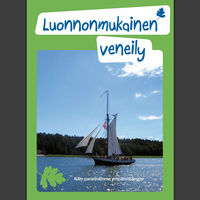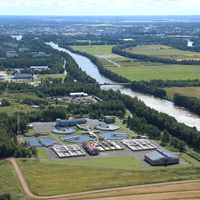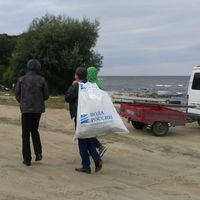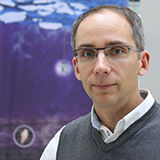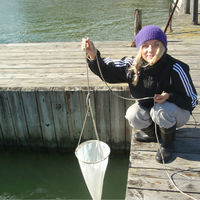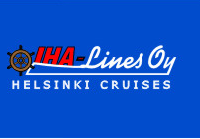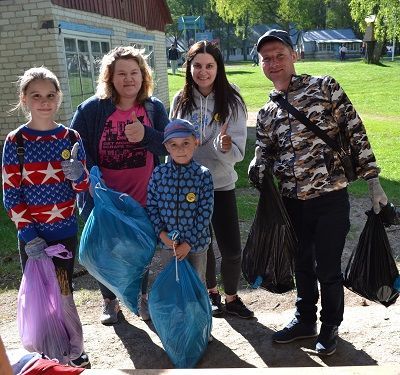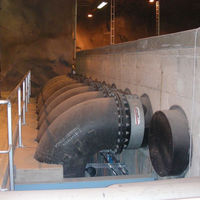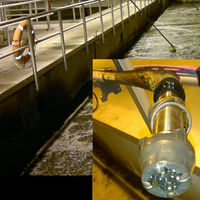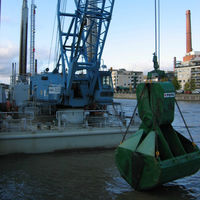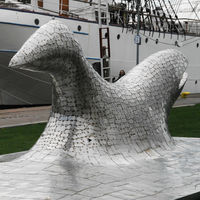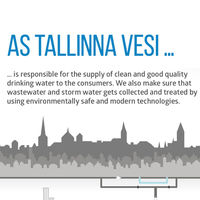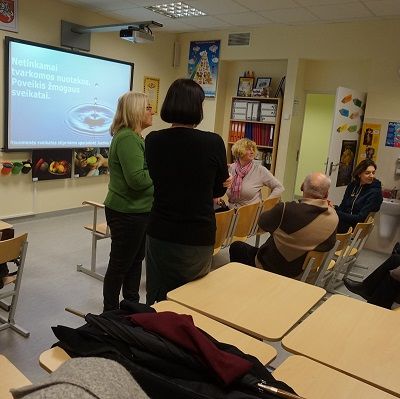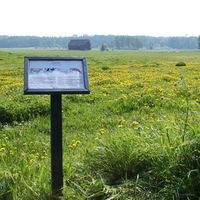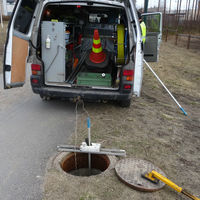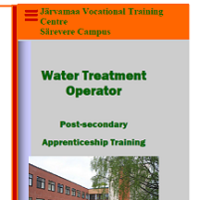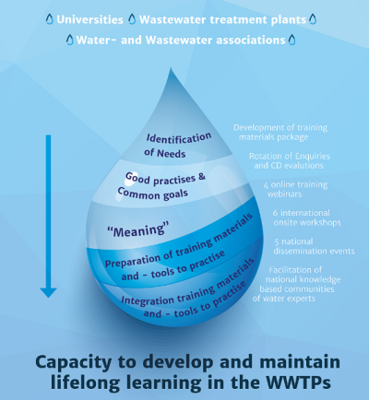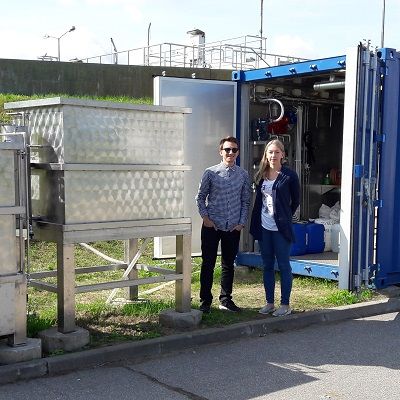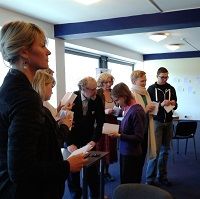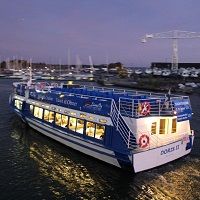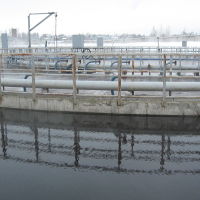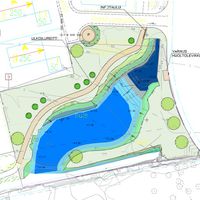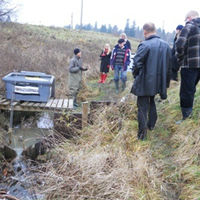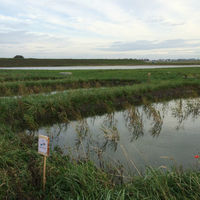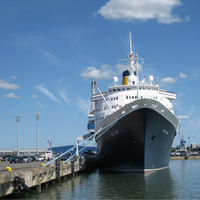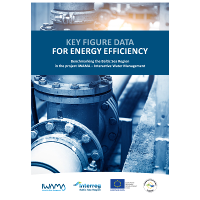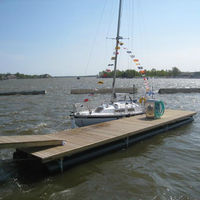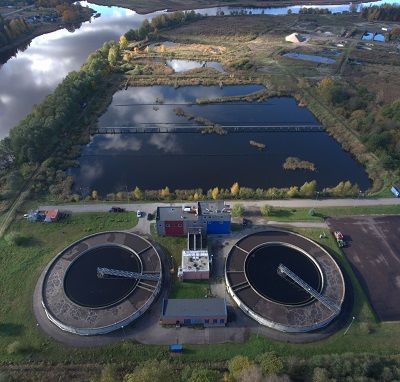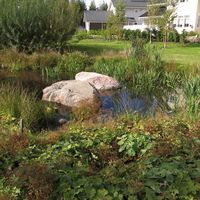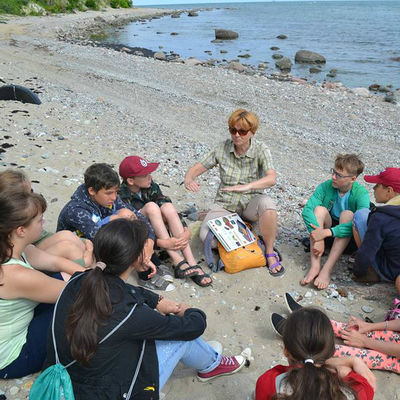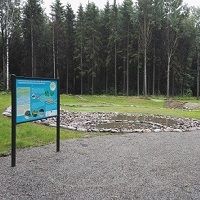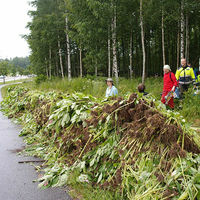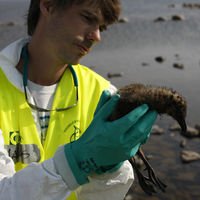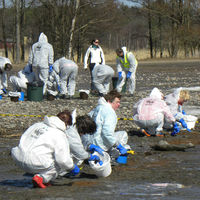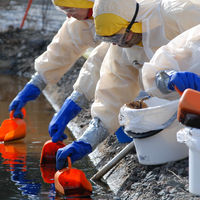Bank of Actions
Are you seeking examples or inspiration for water protection? There are plenty of potential actions to choose from! The Bank of Actions will provide your organisation with concrete ideas and examples of water protection activities implemented by organisations in the Baltic Sea Challenge network. You can browse these according to the theme, type of actor, country, year or keyword.
 |
Join the Baltic Sea Challenge network by committing to water protection work, and gain the benefits of an international expert Network. Read more about the Baltic Sea Challenge and how to join the network. |
 |
The Bank of Actions is always open to ideas for new actions. Is your organisation already a member of the Baltic Sea Challenge network and does it have good examples of water protection measures that it would like to share? Tell us about the work that you do, by filling in this form. We will put your action on the map! |
![]() Agriculture
Agriculture
![]() Awareness raising
Awareness raising
![]() Hazardous materials
Hazardous materials
![]() Littering etc.
Littering etc.
![]() Oil spill prevention
Oil spill prevention
![]() Research and monitoring
Research and monitoring
![]() Shipping and boating
Shipping and boating
![]() Stormwater management
Stormwater management
![]() Strategies and programs
Strategies and programs
![]() Wastewater management
Wastewater management
![]() Other
Other
![]() Drainage basin
Drainage basin
Buffer zones on riverby fields
Actor: City of Turku ● Year: 2015 ● Address: Puolalankatu 5 Turku, Finland
The City of Turku owns agricultural land and leases it to local farmers with a special condition of establishing extra-wide buffer zones on the riverside fields. 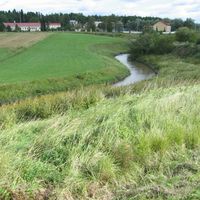
Description
The City of Turku is one of the largest agricultural landowners in Finland: it owns 2000 ha arable land and leases 1600 ha of it to local farmers. As a landowner, the city can influence water protection of the local agriculture. In 2005 the city included a special condition of establishing extra wide buffer zones in land lease contracts. The buffer zones are on average at least 15 metre wide vegetated zones, which are established between a field and a water course to reduce the surface runoff of nutrients and soil erosion.
Nowadays there are approximately three kilometres of buffer zones by the river Aurajoki and other rivers in the Turku area. The buffer zones are 100 m wide at the widest. In practice, the location and the width of buffer zones is dependend on size, inclination and location of the field, and usually decided by the city but sometimes together with the farmer.
Benefits
Two case fields were studied in the cost-benefit analysis conducted during the CITYWATER project. The larger field is located by the river Aurajoki and the smaller by the river Vähäjoki, which flows to the river Aurajoki. Annual nitrogen leaching was estimated to reduce by 70 % and phosphorus leaching by 50 % due to the buffer zone by the river Aurajoki, and respectively 75 % and 21 % due to the buffer zone by the river Vähäjoki. The differences in efficiency are due to differences in tilling practices, characters of the field and the width of the buffer zone. These two buffer zones, in total covering a 5.6 ha area, reduce annual nutrient leaching from the fields by 240 kg N/y and 40 kg P/y.
When the nutrient reductions to the Baltic Sea and the profitability impact for farmers were taken into account, the net benefits during the leasing periods was 41,000–507,000 € by the river Aurajoki and –4,000-20,000 € by the river Vähäjoki, depending on the scenario of the Baltic Sea protection in the future. The results are promising because the reductions are multiplied if buffer zones are applied widely in the area. In addition, buffer zones seem to be worthwhile both for the farmer and in a wider social perspective.
Background information
To get special agri-environmental subsidy rights from the EU, the buffer zone should be established in a place where the risk for nutrient leach and erosion as well as the impact on the local water system are high. In addition, a plan on how to establish and maintain the buffer zone is required for a 5 or 10-year period. The use of fertilisers and chemical protectants is further prohibited in the buffer zone.
The impacts and the net present value of this action were assessed in the cost-benefit analysis study conducted in the EU Life+ funded project CITYWATER.
Further information of the study on buffer zones can be found here!
Further information on cost-benefit analysis can be found here!
Further information
Name: Timo Sirkiä ● Email: timo.sirkia (a) turku.fi ● Web page: http://www.turku.fi/


